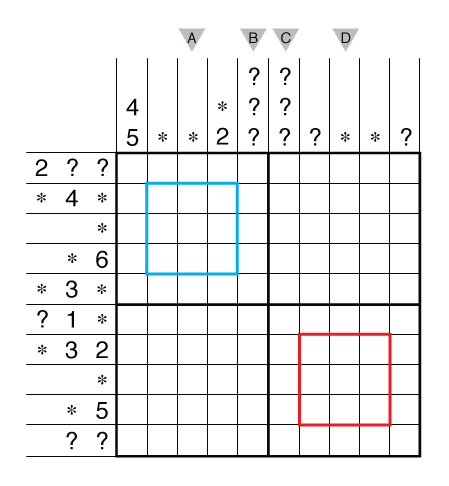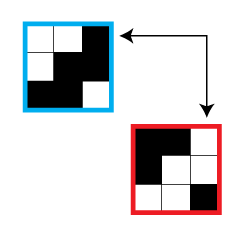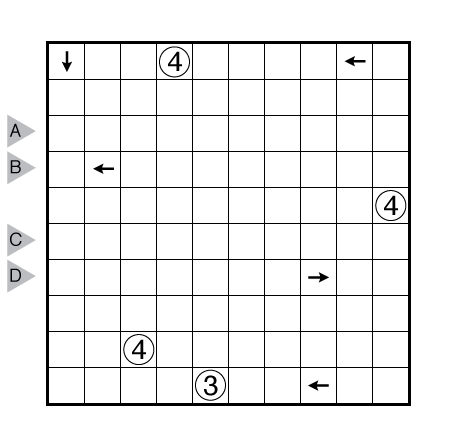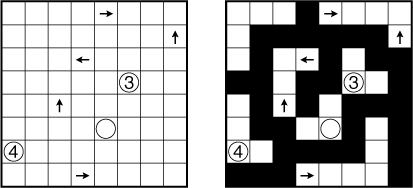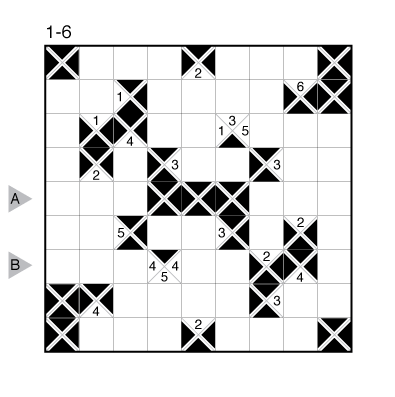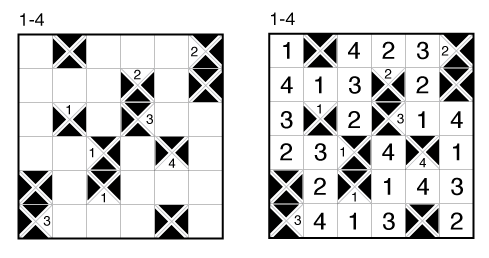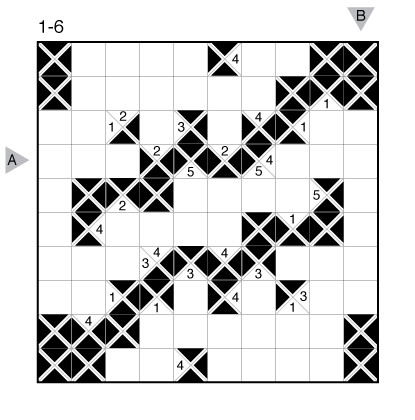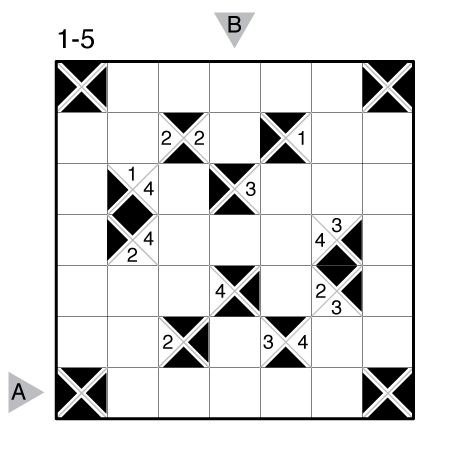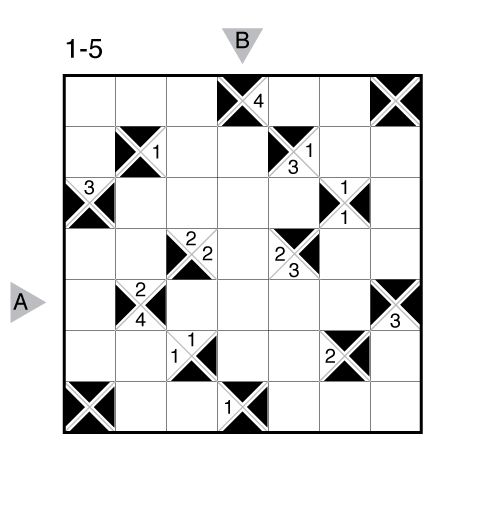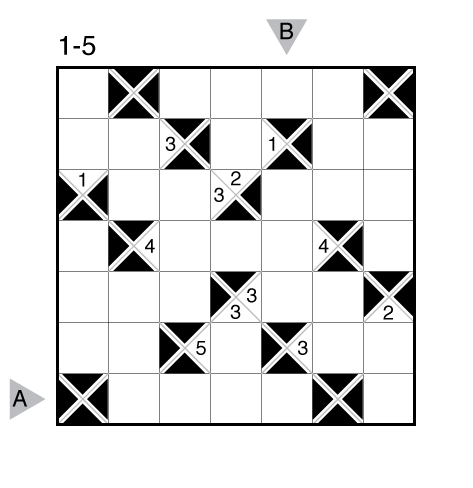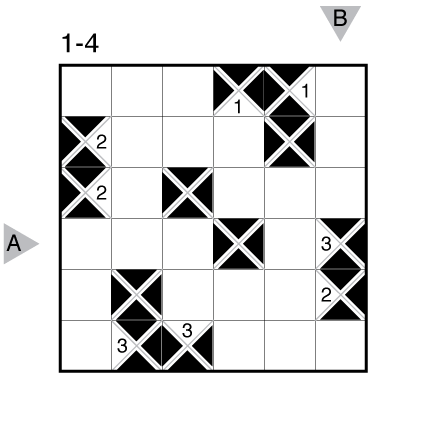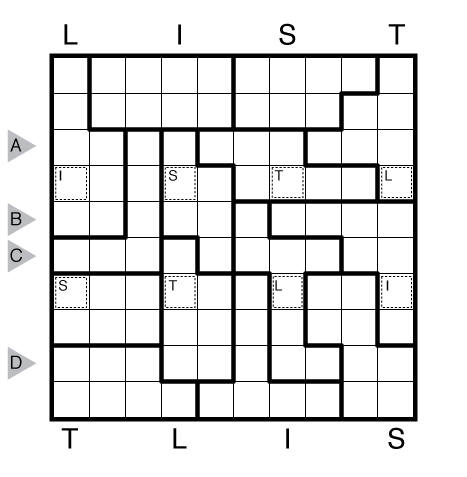Battleships (Minesweeper, Transparent) by Prasanna Seshadri
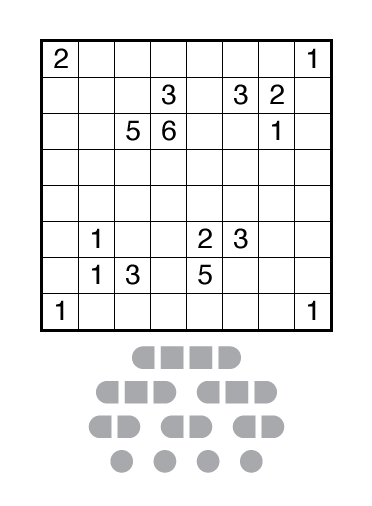
or solve online (using our beta test of Penpa-Edit tools; use tab to alternate between ship placement and shading modes. In ship placement mode, right click gives sea, left click gives circle/square, left click and drag for rounded ships.)
Theme: Clue Symmetry and Logic (originally on 2016 Polish Puzzle Championship)
Author/Opus: This is the 118th puzzle from our contributing puzzlemaster Prasanna Seshadri.
Rules: Variation of Battleships rules. Place the indicated fleet into the grid; ships cannot touch each other, not even diagonally. Numbers indicate how many ship segments are in that cell and in all adjacent cells.
See also this example:
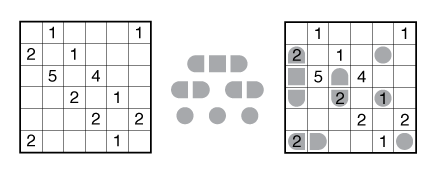
Answer String: For each row from top to bottom, enter the number of the first column from the left where a ship segment appears (enter both digits if a two-digit number). If the row is empty, enter 0. Enter these numbers as a single string with no separators.
Time Standards (highlight to view): Grandmaster = 1:30, Master = 2:30, Expert = 5:00
Solution: PDF
Note: Follow this link for more variations on Battleships and this link for classic Battleships. If you are new to this puzzle type, here are our easiest Battleships to get started on.

